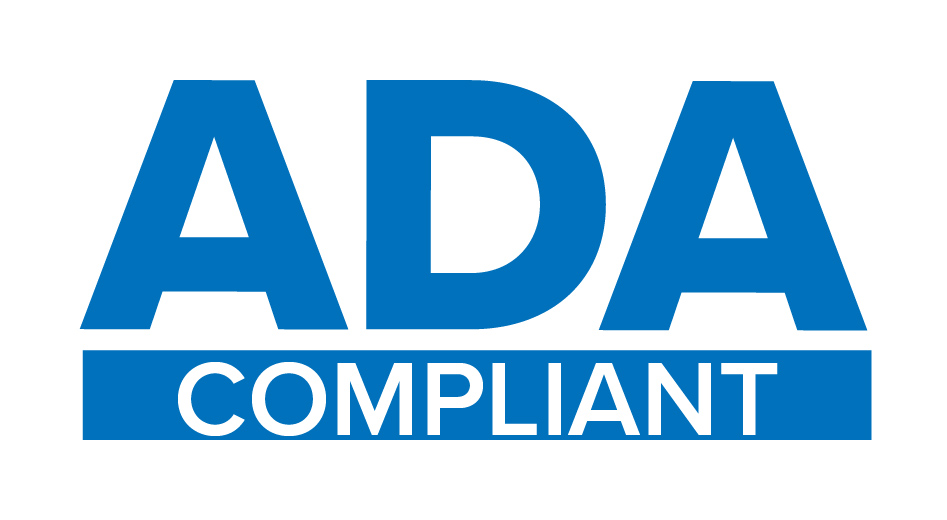Virtual education is a powerful equalizer for students in rural Oklahoma. It’s helping students in small towns gain access to advanced classes, career skills and personalized support that were once out of reach — and it’s doing so in a way that brings communities, families and educators together to solve long-standing challenges.
From Advanced Placement (AP) Calculus to credit recovery and concurrent enrollment, virtual learning offers new pathways for growth and opportunity. The question is no longer whether rural learners can have the same opportunities as their urban peers — it’s how we can work together to make those opportunities available to every student, no matter their ZIP code.
Through online learning platforms and blended instruction models, students in places like Muldrow, Vian and Stony Point now have access to a broader array of courses than ever before. A high schooler in Gore can now enroll in AP Biology. A middle schooler in Roland can take coding classes that once required a specialist most districts couldn’t afford. Even students needing credit recovery or flexible schedules due to work or family responsibilities are finding success in online environments designed around their needs.
I’ve lived in Sallisaw nearly all my life, and for the past three years, I worked as a community family advisor for a virtual public school serving students across Oklahoma. This year, I’m moving into the virtual classroom myself to teach image design, computer literacy and Microsoft Excel.
My own son benefited from this model. He worked full time during his senior year and took concurrent enrollment classes at Carl Albert State College, all thanks to the flexibility virtual education offers.
Virtual learning also brings benefits beyond academics. Families save on transportation and school supply costs, and many enjoy more quality time together — like sharing lunch at home during the school day.
Despite the dedication of their staff and communities, rural schools often face persistent barriers: teacher shortages, limited course offerings and declining enrollment that shrinks funding and opportunities for students and staff. In many cases, rural schools don’t have the necessary support to hire certified teachers for advanced math, science or foreign languages. Virtual public schools help fill this gap with Oklahoma-certified teachers who are credentialed in their subject areas, ensuring students receive instruction from qualified educators no matter where they live.
Some argue that rural consolidation into larger districts is necessary, but it often comes at the cost of student connection and community identity. Through online schools, students often stay with the same classmates from kindergarten through graduation, building lasting relationships and continuity that rival traditional districts. Many of these virtual schools are public institutions themselves, simply serving students through an online model.
Internet access is still inconsistent and expensive in some of the state’s most rural areas. Our school helps provide hotspots for qualifying families, but truly improving accessibility requires continued federal and state investment in rural broadband infrastructure.
Virtual education offers rural students the chance to learn, grow and compete on a level playing field with their urban peers. In a state where too many rural children have been asked to do more with less, virtual education is opening doors and building futures.
Mary Barker is a high school electives teacher at Oklahoma Virtual Charter Academy, a tuitionfree, full-time online public school for students in grades K-12.
Mary Barker



